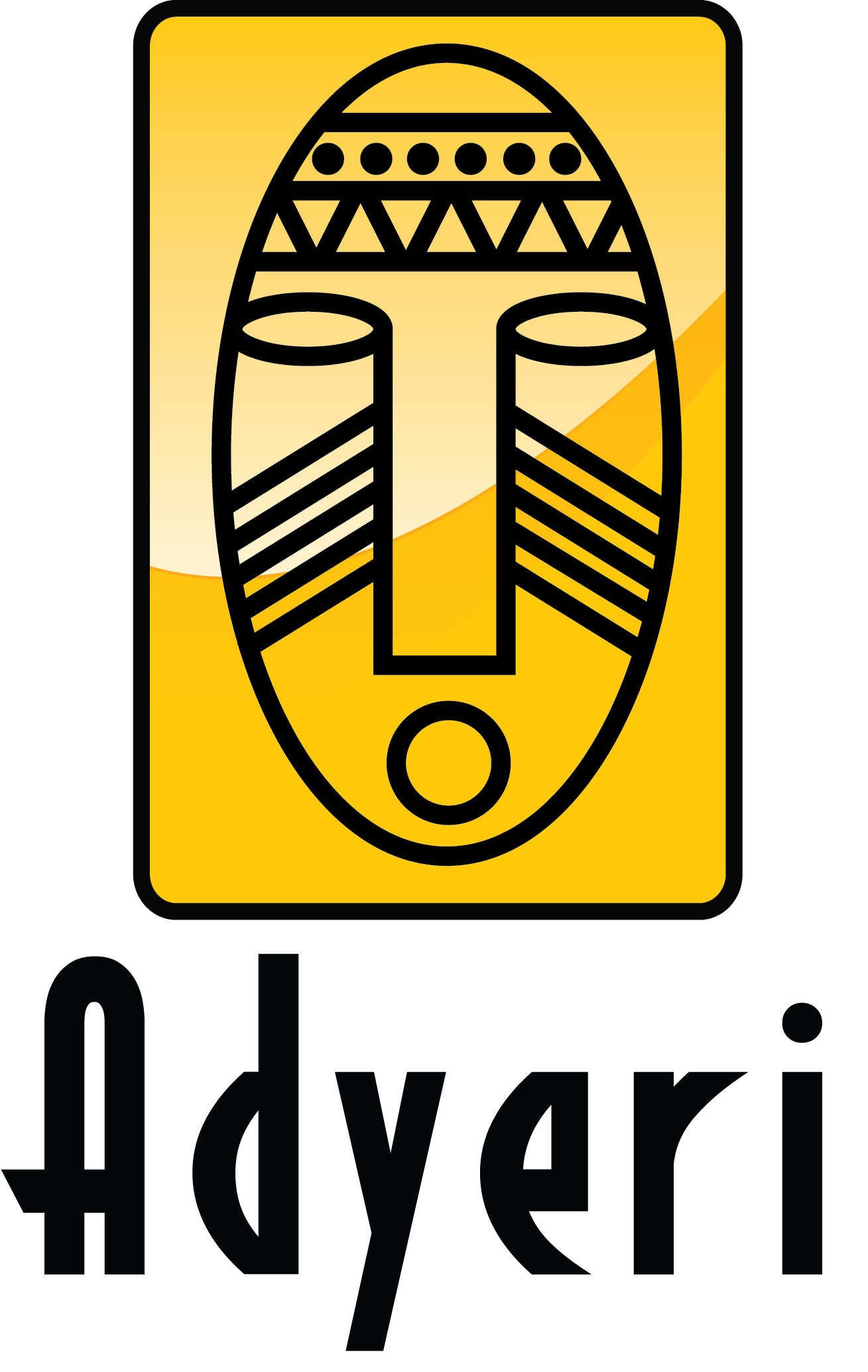Gorilla Tracking in Virunga National Park
Jagged along the border with Rwanda and Uganda lies one of Africa’s most biodiverse conservation area, it protects the entire Congolese portion of the Virunga Volcanoes, Ruwenzori montane woodland, high altitude forests, open savannah, and lowland rainforest.
Virunga National Park is Africa’s richest protected area in terms of avian diversity, with an astonishing 218mammal species like lions, elephants, okapi, buffalo, hippo, antelopes among others, 22 primates namely mountain gorilla, an eastern lowland gorilla, chimpanzee, black and white colobus among others 706 bird species recorded namely yellow billed barbet, black and white casqued hornbill, double toothed barbet, narrow tailed starling, shape’s starling, Ross’s turaco, black-billed turaco among others.
The Virunga Volcanoes are dissected by the international borders of Uganda, Rwanda, and the Democratic Republic of Congo. The Virunga Volcanoes is made up of three parks; Mgahinga Gorilla National Park in Uganda, Volcanoes National Park in Rwanda, and Virunga National Park in the Democratic Republic of Congo. The parks contain six volcanic mountains Karisimbi (4507 m), Mikeno (4437 m), Bisoke (3711 m), Mgahinga (3474 m), Muhabura (4127 m), and Sabinyo (3634 m) and covers an area of 447 km2. The park lies in the Albertine rift region, which is characterized by a high degree of avian and mammalian endemism due to its proximity to a Pleistocene refugium, created during the last ice age. Mgahinga Gorilla National Park is situated in southwestern Uganda in Kisoro District. It covers an area of 33.7 km2. Mgahinga Gorilla National Park is contiguous with Virunga National Park (240 km2 ) in the DRC, and Volcanoes National Park (160 km2 ) in Rwanda. Virunga National Park is a World Heritage Site and the oldest national park in Africa, the Park was created in 1925. Virunga National Park borders an extensive network of protected areas in neighboring Uganda and Rwanda and together these contiguous protected areas form the Greater Virunga Landscape.
Things to do and see in the Virunga National Park
Virunga National Park is a habitat for 218 mammal species, 706 bird species, 78 amphibian species, and 109 reptile species, and 22 primate species. Virunga is the only park in the whole world that shelters mountain gorillas, eastern lowland gorillas, and eastern chimpanzees.
Virunga National Park is one of the oldest and famous National Park in Africa, arguably the best Park in the Democratic Republic of Congo, there several activities one can do in just one Park namely gorilla tracking, chimpanzee tracking, hiking, birding, cultural experiences, and forest nature walk.
Gorilla tracking experience
Virunga National Park offers a mountain gorilla tracking encounter comparable in quality and most other respects to that of neighboring Rwanda. There are seven habituated gorilla families active for tourism. Gorilla tracking permits for Virunga National Park cost US$ 400 for foreign non-residents and US$ 150 for Congolese citizens. It is also famous for being home to about 200 critically endangered mountain gorillas
There are eight habituated gorilla families active for trekking in the Virunga National Park namely the Bageni gorilla family consisting of 26 individuals, Mapuwe gorilla family consisting 22 individuals, Kabirizi gorilla family consisting 19 individuals, Humba gorilla family 9 individuals, Lulengo gorilla family 9 individuals, Nyakamwe gorilla family 11 individuals, Rugendo gorilla family 9 individuals and Munyaga gorilla family 9 individuals.
Chimpanzee tracking experience
Chimpanzees are found in savannah woodlands, grasslands – forest mosaics, and tropical moist forests, from sea level to about 3,000 m in elevation. Chimpanzees are sheltered northwest of Rumangabo sector- Tongo, Tongo is a 10km2 block of a medium-altitude forest isolated from other similar habitats by the lava flow, traversed by an 80km network of walking trails. Tongo is home to a troop of 36 chimpanzees first habituated by the Frankfurt zoological society. Chimpanzee tracking in Virunga National Park, Rumangabo headquarters cost US$ 100 per person for foreign non-residents.
Mature Chimpanzee mother and its baby
Birding
Virunga National Park is a birders’ haven; the Park is a refuge to more than 706 bird species out of which 24 are endemic species to Virunga National Park. Bird species in the Virunga National Park include red-throated alethe, handsome francolin, Kivu ground thrush, dusky crimson-wing, Arche’s ground robin, collared Apalis, red-faced woodland warbler, mountain masked Apalis, Grauer's rush warbler, Ruwenzori nightjar, Shelley's crimson wing, blue-headed sunbird, strange weaver, strip-breasted tit, collared Apalis, Ruwenzori batis, white-backed duck, African black duck, Egyptian goose, little grebe, hamerkop, yellow-billed duck, southern pochard, northern pintail, mountain buzzard, grey kestrel, quail, grey crowned crane, common snipe, curlew, marsh-sandpiper among others.
Grey Crowned Crane roaming around Virunga National Park
Nyiragongo Mountain Hike
The Virunga Volcano of Nyiragongo is surrounded to both the North and West by adjacent Nyamuragira Volcano, and other several volcanoes to the East namely, Mikeno, Karisimbi, and Lake Kivu. Mount Nyiragongo shelters, one of the largest active Lava Lake in the whole world. Mount Nyiragongo seats on an elevation of about 3470m, with a wide caldera at its summit about 1.5 km wide.
Nyiragongo is located in the Albertine Rift, on the western branch of the East African Rift Valley system, the Mountain is Africa’s most active volcano, and the fact is that it has erupted 34 times since 1884 and world’s largest lava Lake, about 20 km, North of Goma and approximately 180 km from Kigali International Airport.


